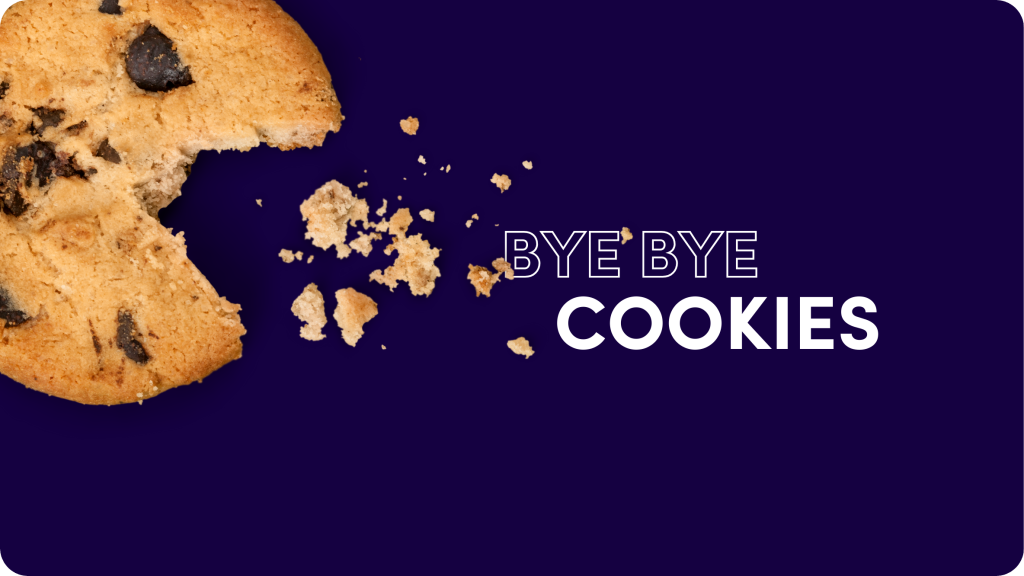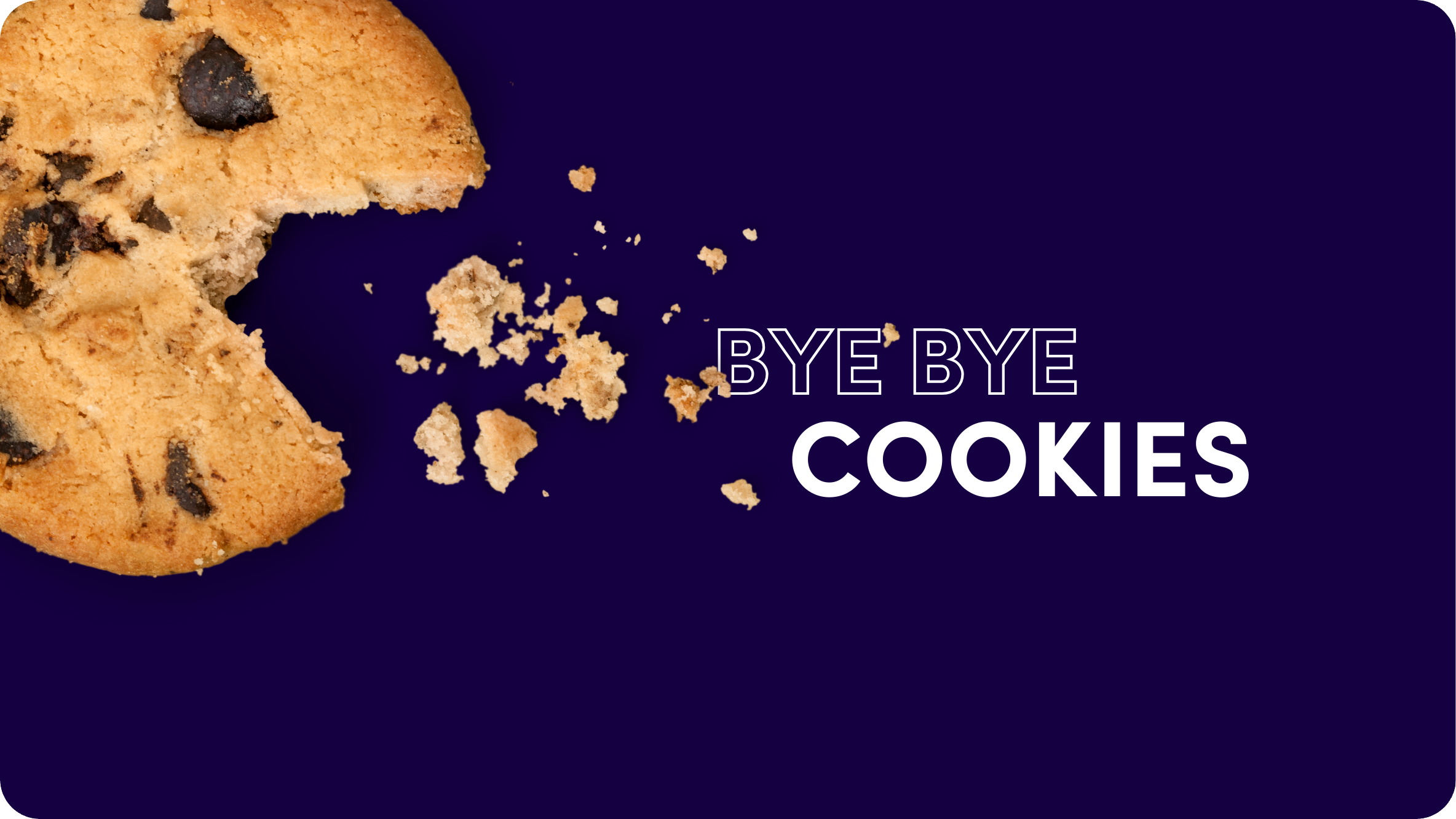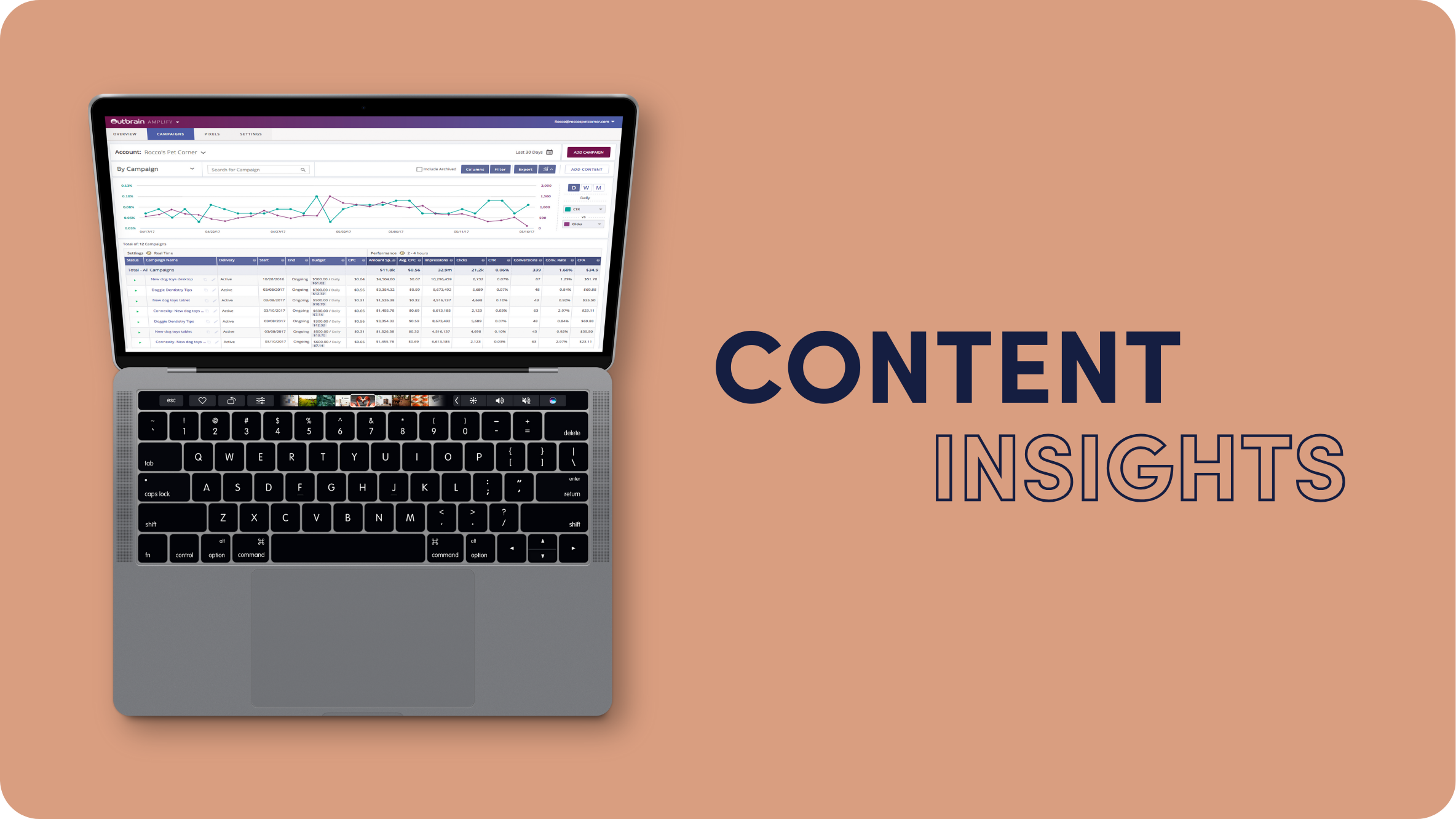A Future Without Cookies: Best Cookieless Targeting Options

People are protective of their data these days. As they should be.
And the tech companies are listening.
With big players like Google announcing that they’ll ban third-party cookies in 2024, the tide is turning towards a cookieless future. There have been several delays along the way, but the day is almost here.
For marketers and digital advertisers, this signals a big shake-up in how we do things.
Let’s find out what a cookieless future might look like for marketers and advertisers and how we can respond to the changes it brings.
Moving Towards A Cookieless Future for Marketers
Not all cookies are equal.
In a cookieless world, first-party cookies, good. Third-party cookies, bad.
Let’s begin by clearing up the difference between first-party cookies and third-party cookies.
What are first-party cookies?
First-party cookies are saved onto your device by the website you’re visiting or app you’re using. They’re actually pretty useful as they identify returning visitors so you don’t have to keep logging in. In general, they’re considered to be harmless, as they don’t track or “spy” on user behavior.
What are third-party cookies?
Third-party cookies are tracking codes placed on your device by a domain different to the one you’re directly engaging with. For example, if you’re reading a blog and click on an embedded YouTube video, then YouTube will store a cookie on your device that records your preferences, to display or recommend similar content when you visit their website or app.
Third-party cookies allow marketers to track people across various sites (cross-site tracking), building up detailed user profiles, which are then used to deliver targeted ads aligning directly with their interests. This method helped to boost ad engagement and conversions.
Cookies also enable more detailed ad measurement and attribution, giving advertisers a much more accurate ROI figure. Cookies can be used for “frequency capping” as well, which controls the number of times a specific ad is shown to a user, thus reducing banner blindness and ad fatigue.
Why the big push for a cookieless future?
Concerns around online data privacy and security are driving the changing attitude towards cookies.
Cookies by themselves are not malicious or harmful – first-party or third-party. However, the idea of being tracked makes many users feel uneasy, and online tracking is subject to strict laws and regulations in different regions and countries.
Additionally, while cookies are pretty secure, they can sometimes be used as backdoors for security breaches such as cross-site request forgery (CSRF) attacks and cross-site scripting (XSS). These vulnerabilities allow cybercriminals to attack even the most secure websites.
At the end of the day, the big web browser companies, such as Google and Mozilla, are there to serve both advertisers (who bring in their revenue) and the public (their user base). For this reason, they are under pressure to come up with some sort of compromise that balances the competing demands of ad efficiency and user privacy.
How the big browsers are reducing cookies
The top web browser companies are all taking action to limit the use, phase out, or even eliminate cookies entirely. Here’s a quick summary of what each browser is up to:
- Google: Google has postponed its plan to phase out third-party cookies in Chrome until the second half of 2024, a move that reflects the complexities of transitioning away from something so integral to digital advertising. Google’s initiative, including the development of Privacy Sandbox and technologies like Federated Cohort of Learnings (FLoC) and Google Topics, aims to strike a balance between effective advertising and user privacy.
- Mozilla Firefox: Mozilla has enhanced user privacy in Firefox with the rollout of Total Cookie Protection. This feature confines cookies to the site where they were created, preventing tracking companies from monitoring user browsing across different sites.
- Apple Safari: Apple Safari blocks third-party cookies by default. As part of its commitment to consumer privacy, Apple implemented changes in Safari that block third-party cookies that perform cross-site tracking.
- MS Edge: By default, Microsoft Edge allows all cookies, including third-party cookies. Users have the option to block third-party cookies if they prefer.
- Opera: Opera browser offers users the option to block third-party cookies, adding an extra layer of privacy to their browsing experience.
Cookie Depreciation: Advertising Challenges
The biggest impact of cookie depreciation (the phasing out of third-party cookies) is going to be on programmatic advertising.
Programmatic advertising is an automated process that uses data and algorithms to buy and sell ad space in real time. No prizes for guessing where most of that data is coming from…
You guessed it – third-party cookies.
Cookie depreciation presents three main challenges for marketers:
- A reduction in user behavior data tracked across different websites. This leaves a gap that could lead to less accurate targeting which, in turn, leads to less efficient ads.
- Without detailed data on user interests provided by third-party cookies, creating personalized ad experiences will be more difficult.
- Disruption to traditional marketing strategies. Marketers that rely heavily on third-party cookie data will need to rethink their approach to data collection and ad engagement.
Cookieless Targeting Options
So, in a world without cookies, what should a digital marketer do? Here are some cookieless targeting options that are gaining traction as third-party cookies fade from the scene.
First-party data
Without third-party data to rely on, marketers need to take a new approach to online advertising. For most, this means collecting data from a different source – first-party data.
First-party data is gathered from direct interactions with your audience – on your website, through your app, or any other digital touchpoint you have. One thing to make sure of is that you don’t breach trust when collecting this data. To do this, follow ethical data collection practices and be clear about your privacy policies. Basically, it boils down to giving people the power to choose whether they want to share their data with you or not.
Once you’ve collected enough data, you can use it to personalize your marketing. Creative and strategic approaches work well. In general, people like product recommendations and personalized user experiences and are happy to agree to their data being used for these purposes.
Contextual advertising
You can also tap into first-party data collected by other companies, and leverage it for contextual advertising. Contextual advertising is when ads are served based on the content and context of the web page or app in which they appear, rather than on the user’s data.
At Outbrain, our contextual advertising solution includes tools such as Interest and Category Targeting, enabling you to target ads more precisely.
Additionally, Outbrain has developed first-party data based targeting tools like Conversion Bid Strategy (CBS) and Engagement Bid Strategy (EBS). CBS uses contextual signals to optimize bids on the native ad network and learn which content engages users over time. EBS collects on-site behavioral data and boosts ad performance by aligning with user intent.
Behavioral targeting
Behavioral targeting is a strategy that analyzes users’ interaction within the brand’s digital presence – websites, apps, or online platforms. You can trace how users actually behave on these platforms – what they may click on, what kind of content they consume, or even if they hover on products.
For example, behavioral targeting could reveal that a user has hovered over a particular product page multiple times, but has never made a purchase. Armed with this information, you could automatically target the user with content that is relevant to them.
Another example could be a user reading some blog posts about a specific topic. Ads will then appear contextually for products tailored to their interests based on this behavior. This provides an ad experience that isn’t intrusive as it aligns with user needs. This means people will be more likely to engage with your ads, all without needing to drop any third-party cookies.
Email marketing and customer segmentation
Email marketing is still one of the most effective ways to reach your audience directly. Research shows that the average ROI of targeted emails is $36 for every $1 spent.
To get good open rates and click-through rates, you need to make sure that your emails are personalized and meaningful. Offer some kind of value – insights, stats, special offers, or story elements. Don’t forget to include a persuasive call to action.
Another tactic to get the most out of your email marketing is to segment your audience. Segmenting means splitting up your audience into groups based on interests, demographics, and purchase history. You can then create more personalized content and hopefully drive up engagement.
AI and machine learning
New AI and machine learning marketing tools are being released all the time. They can help you sift through first-party data, historical and real-time, to gain marketing insights. Machine learning helps you spot user behavior patterns that aren’t immediately obvious.
Some tools use the generated insights to predict future actions, without relying on individual tracking. This takes automated advertising to a whole new level, freeing up your time for more creative and innovative ad ideas.
Future-Proofing Your Digital Marketing Strategy
Getting yourself prepared is the best way to deal with the challenges of a cookieless future. The following actions will help you future-proof your digital marketing efforts:
- Invest in first-party data collection: Start by enabling user data collection on your website, app, or CRM system. Gather data such as email addresses, preferences, and browsing behavior. Make sure you get full user consent and be transparent about privacy.
- Use contextual advertising: Target your ads based on the content of the webpage rather than the user’s browsing history. This strategy keeps your ads relevant without intruding on user privacy.
- Utilize machine learning and AI for insights: Gain insights into customer behavior to help you predict trends more effectively.
- Strengthen customer relationships: Use personalized communication, loyalty programs, and engaging content. Ask users to subscribe to a newsletter or participate in a survey to gain valuable first-party data.
- Diversify your marketing channels: Don’t rely entirely on one type of digital marketing. Expand to include a mixture of SEO, content marketing, social media, and influencer partnerships. This reduces risk as well as broadening your reach.
- Enhance UX: A positive user experience makes people want to spend more time on your site. This increases the amount of data collection for first-party targeting.
- Explore privacy-friendly targeting solutions: New developments like Google’s Privacy Sandbox or federated learning models offer targeted advertising without compromising user privacy.
- Invest in content marketing: Quality content attracts your ideal audience. It’s also an excellent way to collect first-party data as users engage with your content.
- Adopt a test-and-learn approach: Regularly test new tools, strategies, and technologies. Be prepared to pivot based on what works best for your audience and business goals.
- Stay informed and compliant: Keep up to date with privacy regulations and industry changes. Ensure compliance with laws like GDPR and CCPA to avoid penalties and build trust.
Free yourself from cookies! Discover how Outbrain’s contextual advertising solution aligns ads with content that resonates with your target audience.










